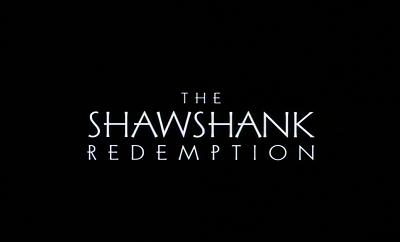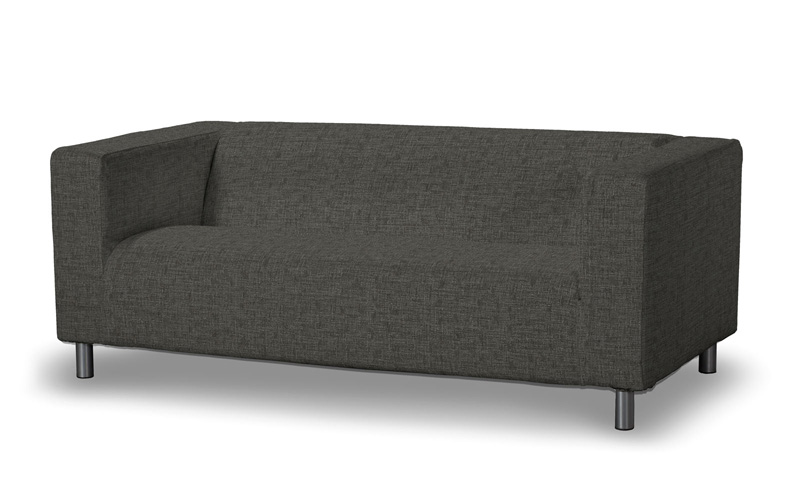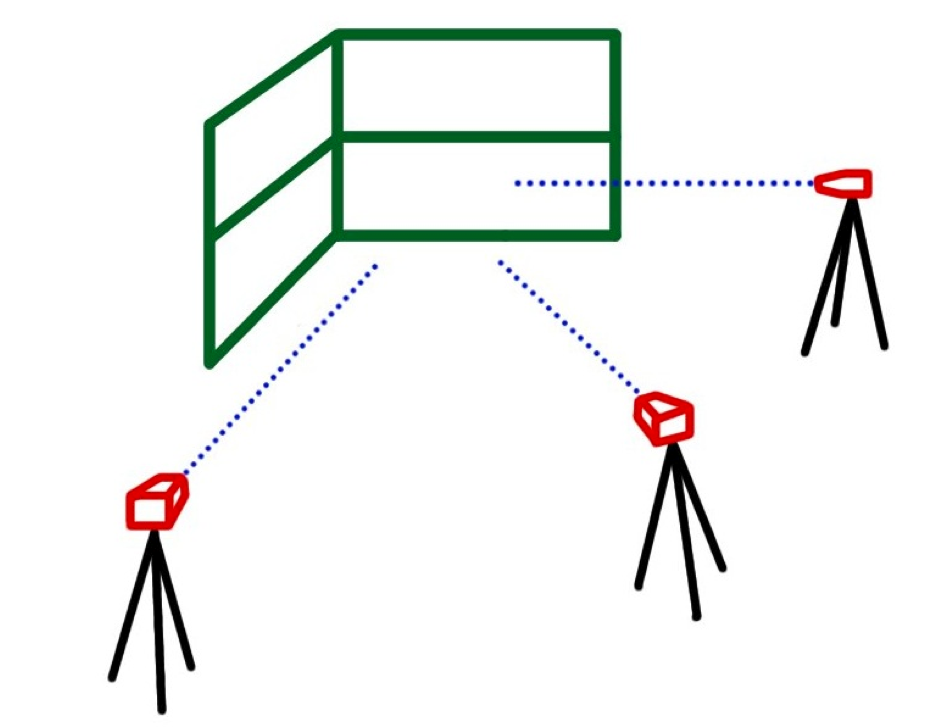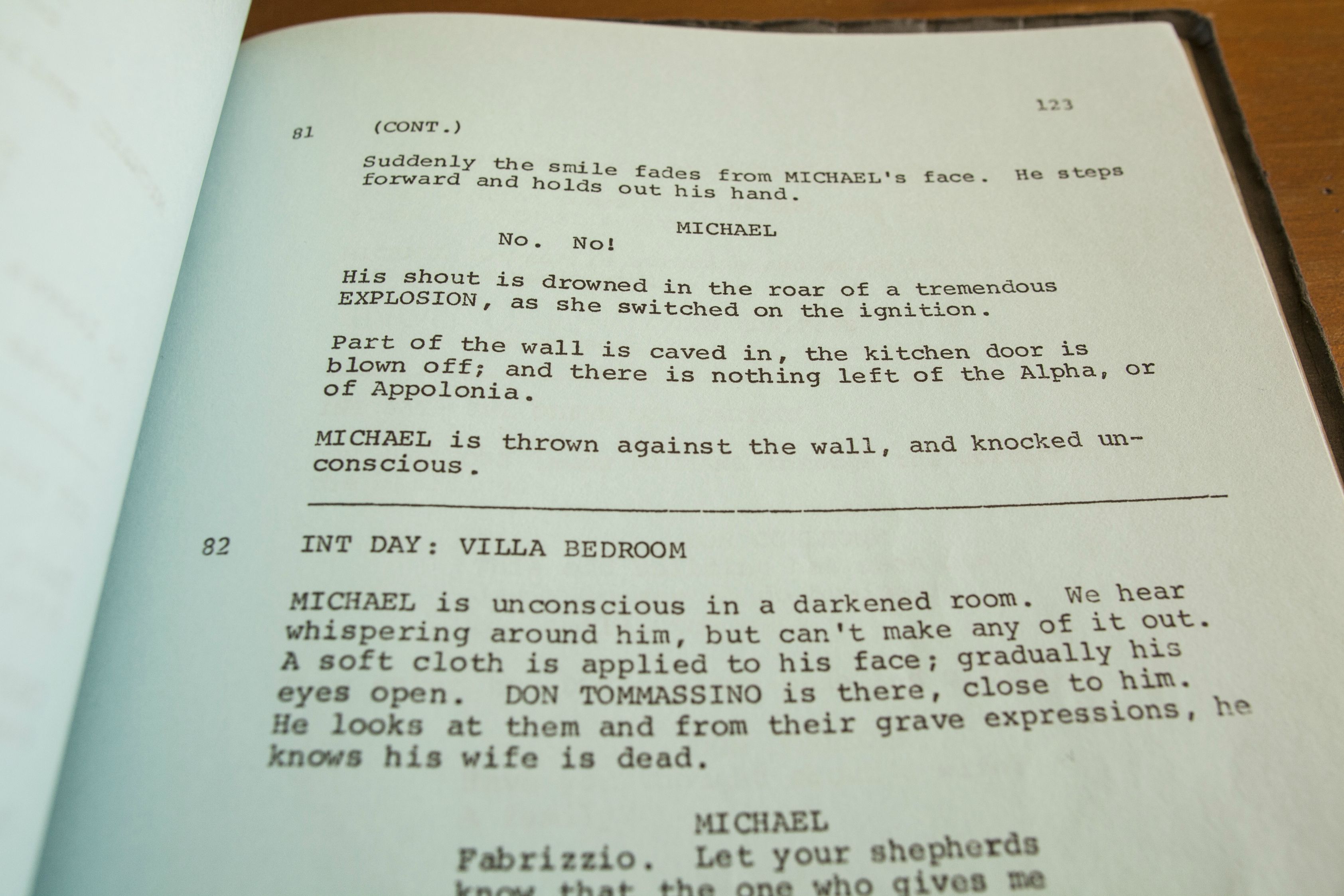The Shawshank Redemption is a film which explores the oppositional themes of freedom / imprisonment, good / evil and friendship. It first appeared in the cinema in 1994 and had an AARP rating of R, or Restricted, due to the continuous high incidence of swearing and profanity and the sex scenes which appear near the start of the movie. The preferred reading of this film is that it shows how hope can take someone in the direst circumstances through their difficulties. In your essay you will be exploring how the film follows basic theories of story-telling and looking closely at how this was achieved through technical and cultural codes, narrative structure and representation to make a product which eventually made a profit for the company and garnered a reputation for being a favourite film across two decades of audiences.
According to Todorov all stories can be explained in terms of Equilibrium, disruption, recognition of disruption, attempt to repair the disruption, resolution and new equilibrium. When applied to The Shawshank Redemption this theory of storytelling fits quite well:
Equilibrium – at the start of the film Andy Dufresne is shown to be someone on trial for a double murder. The trial is edited to show flashbacks of the lead-up to the murders. “If I didn’t Care” by the Ink Spots plays on the radio (diegetic) in an old fashioned car and Andy is dressed in clothing which all suggests that we are watching a story set in the 40s. We are unsure of the innocence or guilt of Andy but the focus on his drinking and on his hands removing the gun and bullets from a greasy looking cloth in the glove compartment all point, circumstantially, towards a guilty verdict. The hands used in close up were not filmed in principal photography so a hand model was used (the director himself) for close ups and this was edited into the scene afterwards.
The editing process was also used to move the beginning of the film on quite quickly so the audience sees fast cuts between testimony in the courtroom and the visual imagery of the flashback sex scenes of Andy’s wife and the golf pro inside the house and Andy sitting drunk outside in his car.
In Shawshank a range of camera techniques are used to help movie the story along and increase audience involvement from the first section of the film. A point-of-view “insert” shot was used to give the audience information about a gun being loaded which was filmed after principal photography. It gives the appearance of Andy watching his hands load the gun. This is a powerful clue about Andy’s emotional state at this point in the film. Loading a gun is not an everyday occurrence and it foreshadows upcoming tragedy and/or violence. We see reaction shots in the courtroom of Andy becoming coldly angry at the suggestion he is lying. He is seated and the District Attorney is standing so when the shot-reverse shot technique is used, it adds to the idea that Andy is on trial and the D.A. is the one with all the power as he appears taller in the shot.
Low key lighting is used for Andy in his car. He is up-lit, from the bottom left, leaving some parts of his face in the dark, this technique gives shadows which has connotations of mystery, suspense, and the unknown. The tone becomes even darker, emphasised when he turns the car light off before he gets out showing him in silhouette. The lighting used in the courtroom seems to be High-key lighting; but his face, is in shadow on one side, yet very well lit on the other, almost giving this “light-dark: good-evil” effect he used in the courtroom . The overall appearance is very dull and grey. Close ups and extreme close ups are used in this scene when he is getting out of the car, the particular shot just after he gets out of the car is a dominant medium shot, making him look very powerful, dangerous and almost deranged. The juxtaposed scenes of passion with Andy’s wife use different techniques. Red is the dominant colour in her lipstick and dress, both of which connote passion and lust. The cold appearance of Andy and the lust of his wife foreshadows Andy’s understanding of why she died towards the end of the film. These flashback scenes also have a muted colour palatte obtained with a yellow filter. This adds to the overall appearance of vintage drama. The “mise-en-scène”, along with the cinematography and editing of Shawshank, influence the verisimilitude of the film in the eyes of its viewers. The various elements of design help express the film’s vision by generating a sense of time and space, as well as setting a mood, and suggesting a Andy’s state of mind.
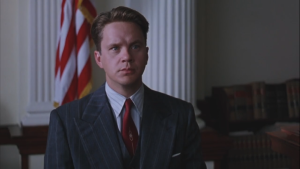
The audience is also given the opening titles of the film and main actors in the blank space on the screen. The font used is a san serif font called Wade Sans which is a refined Roman typeface, simply and gracefully structured. Wade Sans has long slender lines and a vintage style in keeping with the film’s period setting.
